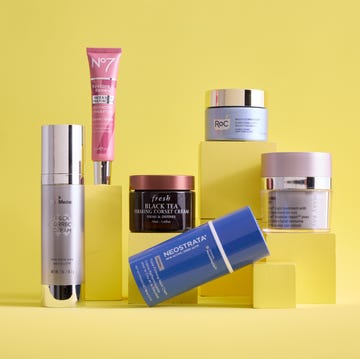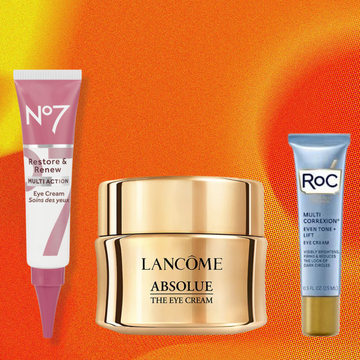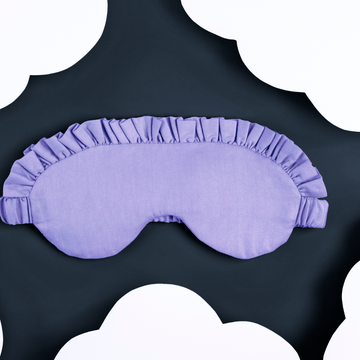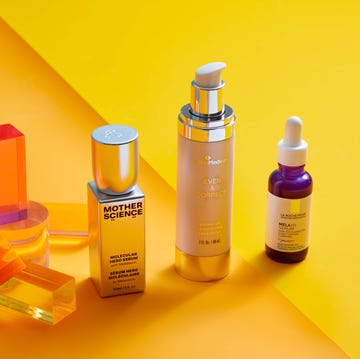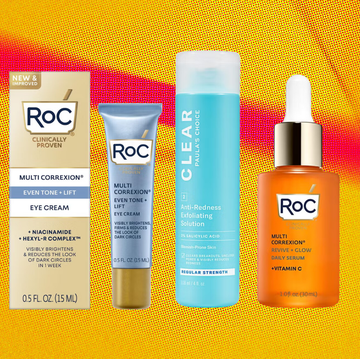30 Stylish Protective Hairstyles We Love for Natural Hair
For natural hair with or without a weave, we have the perfect look for you!
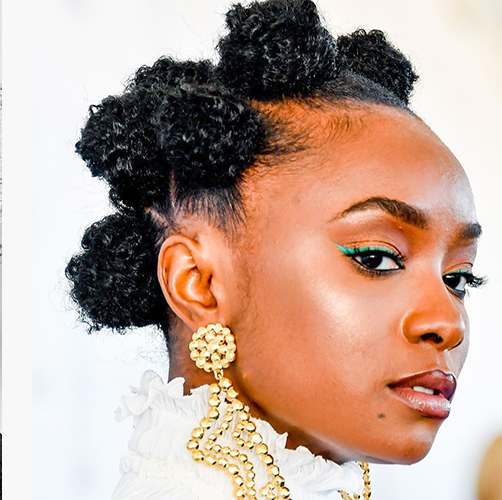
The term "protective hairstyle" is used frequently throughout the Black community to describe hairstyles that safeguard natural hair from the elements. Kinky-curly natural hair is more fragile in comparison to straight hair and more prone to split ends, breakage, and dryness. Protective styles safeguard hair from the elements, like summer's excessive heat and humidity that can cause natural hair to lose its curl definition and become frizzy.
Whether it's to sidestep the effort it takes to revive curly or transitioning hair after swimming, cut back the amount of time it takes to get ready, or simply grow your hair longer (or if you just love the look of these styles!), a protective hairstyle is often the answer for Black women.
Do protective hairstyles help hair grow?
"The benefits of protective hairstyles are that they seal in moisture and moisture is one of the key benefits to maintaining healthy hair and retaining length," says Jennifer Lord, natural hair artist and author of Natural Hollywood Vol. 1. "Low manipulation is beneficial to healthy hair growth and protective hairstyles allow you to have that minimal manipulation from combing, brushing, and other excessive things we tend to do to our hair when not in a protective hairstyle." When you are constantly changing styles and styling kinky-curly hair, it can lead to breakage and stunt growth.
Protective styles for curly hair provide an opportunity for the hair to grow because it's simply being left alone to flourish. A protective style is also beneficial for transitioning hair and can prevent unnecessary breakage. That's because when you are transitioning, the weakest part of the hair is where new growth meets the relaxed hair. That tension places stress on the hair and will cause breakage at that connecting site, and protective styles stop that from happening.
Heads up: Not all "protective styles" are actually protective. "We tend to come up with these terms and then abuse them," Lord adds. "True protective styles are hairstyles where the ends of your hair are sealed in a twist, a braid, or a tuck."
How long do protective hairstyles last?
Even though your hair is in a protective style, you must still take care of your natural hair and particularly your scalp. Your skin is the largest organ on your body and this includes your scalp! Ensure that you keep it clean and use products to keep your scalp hydrated, no matter what style you opt for. Aside from that, here's the lowdown on timing:
- Braids can be left in for six to eight weeks. Any longer and your risk matting your hair from build up and as the braids loosen they will begin to weigh your natural hair down, causing tension.
- A sew in weave can last three to four months, but again, it all depends on how fast your natural hair grows.
- Twists can be worn for a week. Take them out for a defined twist out. The same goes for braids on your natural hair.
- A protective style ponytail can last up to two weeks. This style a low time commitment: Just be careful that the pony isn't pulled too tight, which can cause tension on your scalp.
Whether you are rocking braids, adding extensions, or want to wear a wig (make sure you take care of your hair underneath!), we rounded up 30 of the best, most protective hairstyles for natural curly hair to inspire your next look:

Readers Also Read
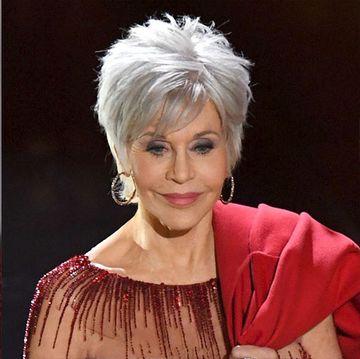
Chic Hairstyle Ideas for Older Women
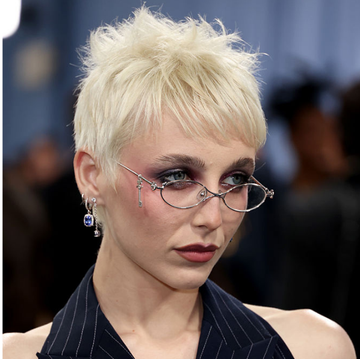
55 Pixie Cuts That Will Inspire You to Go Short

Top Hairstyles Through the Decades
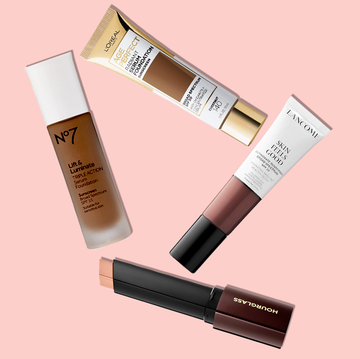
The Best Foundations for Mature Skin




















